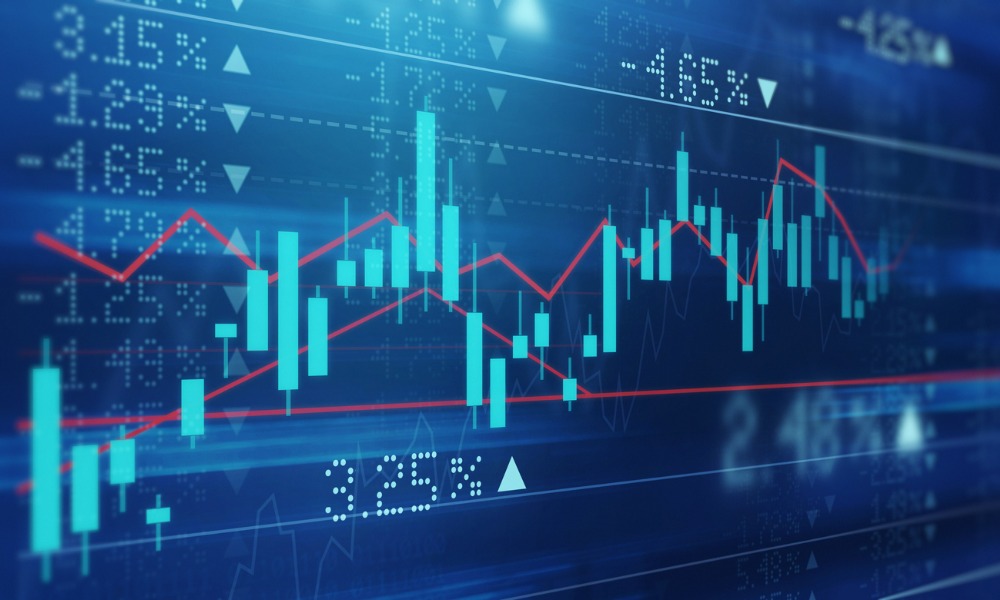Inflation eases, but voters frustrated by high prices propel Trump back to the White House

The US economy expanded at an annual rate of 2.8 percent from July through September, supported by strong consumer spending and a surge in exports.
The Commerce Department confirmed this figure on Wednesday, maintaining its initial estimate of third-quarter growth, according to BNN Bloomberg.
The third-quarter gross domestic product (GDP) growth, which measures the total output of goods and services, slowed slightly from the 3 percent rate in the April-July period.
However, the American economy has shown consistent resilience, achieving growth rates above 2 percent in eight of the last nine quarters.
Within the GDP report, a category reflecting the US economy’s core strength, excluding volatile factors like exports, inventories, and government spending, rose at an annual rate of 3.2 percent. This is an improvement from 2.7 percent in the previous quarter.
Consumer spending, which makes up about 70 percent of US economic activity, accelerated to a 3.5 percent annual rate in the third quarter, up from 2.8 percent in the second quarter. This marked the fastest growth since the fourth quarter of 2023.
Exports also grew at a notable 7.5 percent rate, the most significant increase in two years. Despite their contributions to overall growth, both consumer spending and export increases were revised slightly lower than initially reported by the Commerce Department.
Business investment showed mixed results. Spending on equipment surged, while investment in housing and non-residential buildings, including offices and warehouses, declined, slowing overall business investment growth.
Inflation continued to decline during the third quarter. The Federal Reserve’s preferred inflation gauge, the personal consumption expenditures (PCE) index, rose at a 1.5 percent annual rate, a decrease from 2.5 percent in the second quarter.
Core PCE inflation, which excludes food and energy, dropped to 2.1 percent from 2.8 percent in the prior quarter.
However, the public still feels the effects of rising prices, with overall prices about 20 percent higher than they were in February 2021, before inflation began to rise sharply.
The Federal Reserve, encouraged by the progress, cut its benchmark interest rate in September and again in November. Analysts widely expect another rate cut in December.
Despite steady growth and moderating inflation, American voters remain dissatisfied with the economic landscape, largely due to high prices. This frustration contributed to Donald Trump’s return to the presidency this month.
Backed by Republican majorities in the House and Senate, President-elect Trump plans to implement significant economic changes.
Trump has pledged to impose new tariffs on goods from China, Mexico, and Canada. Many mainstream economists view such tariffs as inflationary, warning that US importers would likely pass increased costs onto consumers.
When Trump assumes office next month, he will inherit an economy with steady growth, low unemployment at 4.1 percent, and inflation reduced from its June 2022 peak of 9.1 percent to 2.6 percent.
The Commerce Department plans to release its final report on third-quarter GDP on December 19.



